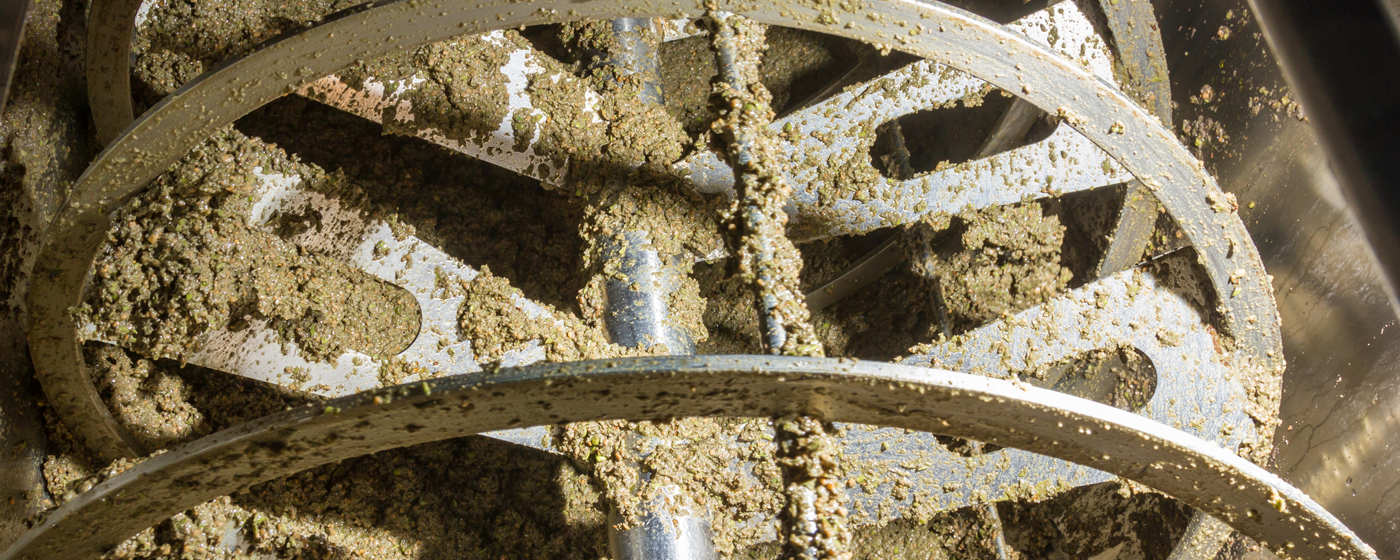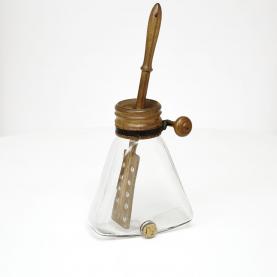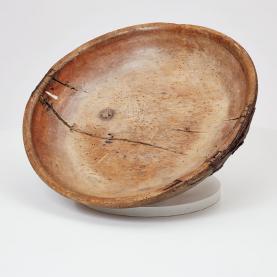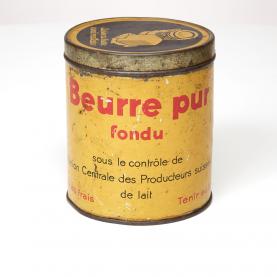Fats
Fats, also known as lipids, are natural constituents of many types of food. They can be either liquid or solid at room temperature. Oils are liquid at room temperature and are extracted by pressing, extraction and refining. Animal fats are solid at room temperature and are obtained by slowly melting the fat of meat. Butter, a fat obtained from animal milk, is an emulsion produced by churning cream.
Different plants and animals provide fat
Fats, also called lipids, are found in foodstuffs of plant and animal origin. Vegetable oils and fats come from the seeds of plants, such as rape, from certain fruit, such as avocado pears and olives, and from oleaginous fruit, such as walnuts, almonds and hazelnuts. They are the plant’s energy reserve. Animal fats are constituents of meat, fish, shellfish, eggs and milk.
Fats carry fat-soluble vitamins and essential fatty acids. They dissolve and bring out the flavour of aromatic substances. At room temperature, oils are liquid, unlike fats, which are solid.
Manufacturing fat
Vegetable oils are obtained by pressing either cold or heated ground kernels or crushed whole fruit, such as olives. The first oil collected from cold pressing is called virgin oil. The remaining oil in the oil cake (seed and fruit residue after pressing) is extracted using heat and a solvent. Finally, refining produces pure oil with a neutral flavour and smell.
Animal fat from pork, beef and poultry is obtained from melting fatty pieces of different types of meat. Any remaining meat which has roasted under the effect of the heat is removed by filtering.
The production of fish oil begins by cooking and pressing whole fish. After that, the extraction process is very similar to that of vegetable oils. The refining of fish oil involves a series of physical and chemical treatments, the final stage being the removal of odorous products.
Butter is an animal fat obtained from milk. It is the result of churning cream, the fatty portion of milk. Churning involves breaking up the fat globules in the cream to form tiny droplets. The fat released then clumps together into grains of butter and tiny water droplets are dispersed in the fatty mass.
Margarine is an emulsion similar to butter, which consists of a mass of fat (fatty phase) containing tiny water droplets (aqueous phase). It is produced from a mixture of oil and fat. Fat-soluble vitamins and lecithin are added to this fatty portion, acting as a binding agent for the emulsion. The aqueous phase contains skimmed milk, water and salt. To obtain an emulsion, the fatty phase and the aqueous phase are vigorously beaten together while simultaneously cooled.
Different animal fats
Lard, or pork fat, is a beautiful silky white with a slight sheen. It is used to give bakery and pastry dough a lovely crisp texture. In the past, it was used as frying fat in countries which did not have any oil.
Suet, beef fat, was one of the components in the first margarine, developed in the late 19th century by the pharmacist and chemist Mège-Mouries.
Melted butter, made by evaporating the water contained in butter, can be kept for up to six months out of direct sunlight.
Cocoa butter is a vegetable fat which is solid at room temperature.
SCHUDEL, Walter, 2008. Pauli technologie culinaire (4e édition). Winterthour : Pauli Fachbuchverlag AG.
AGROSCOPE, s.d. Technologie des produits beurriers. OFAG | Office fédéral de l'agriculture [en ligne]. [Consulté le 15 décembre 2015]. Disponible à l’adresse : http://www.agroscope.admin.ch
AGROSCOPE, s.d. Beurre et produits à base de graisse laitière. OFAG | Office fédéral de l'agriculture [en ligne]. [Consulté le 18 décembre 2015]. Disponible à l’adresse : http://www.agroscope.admin.ch













